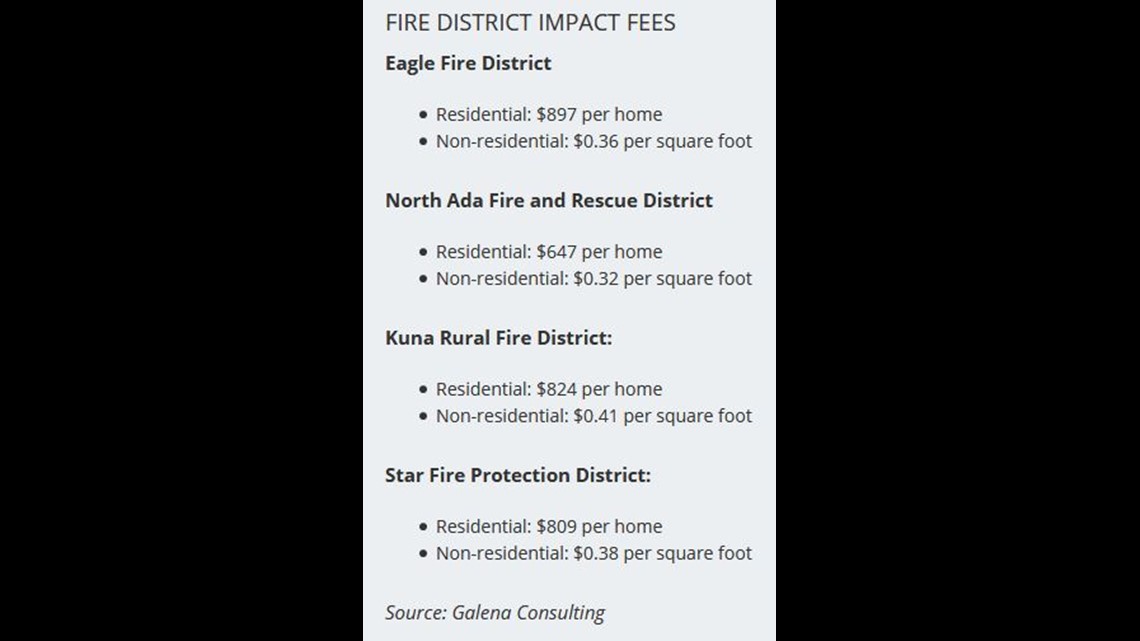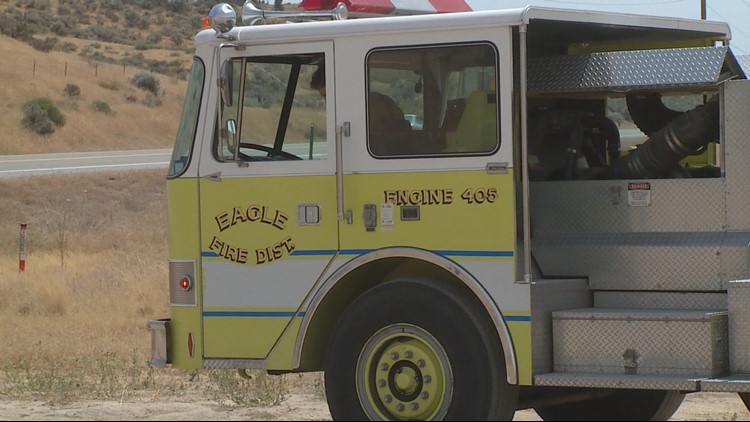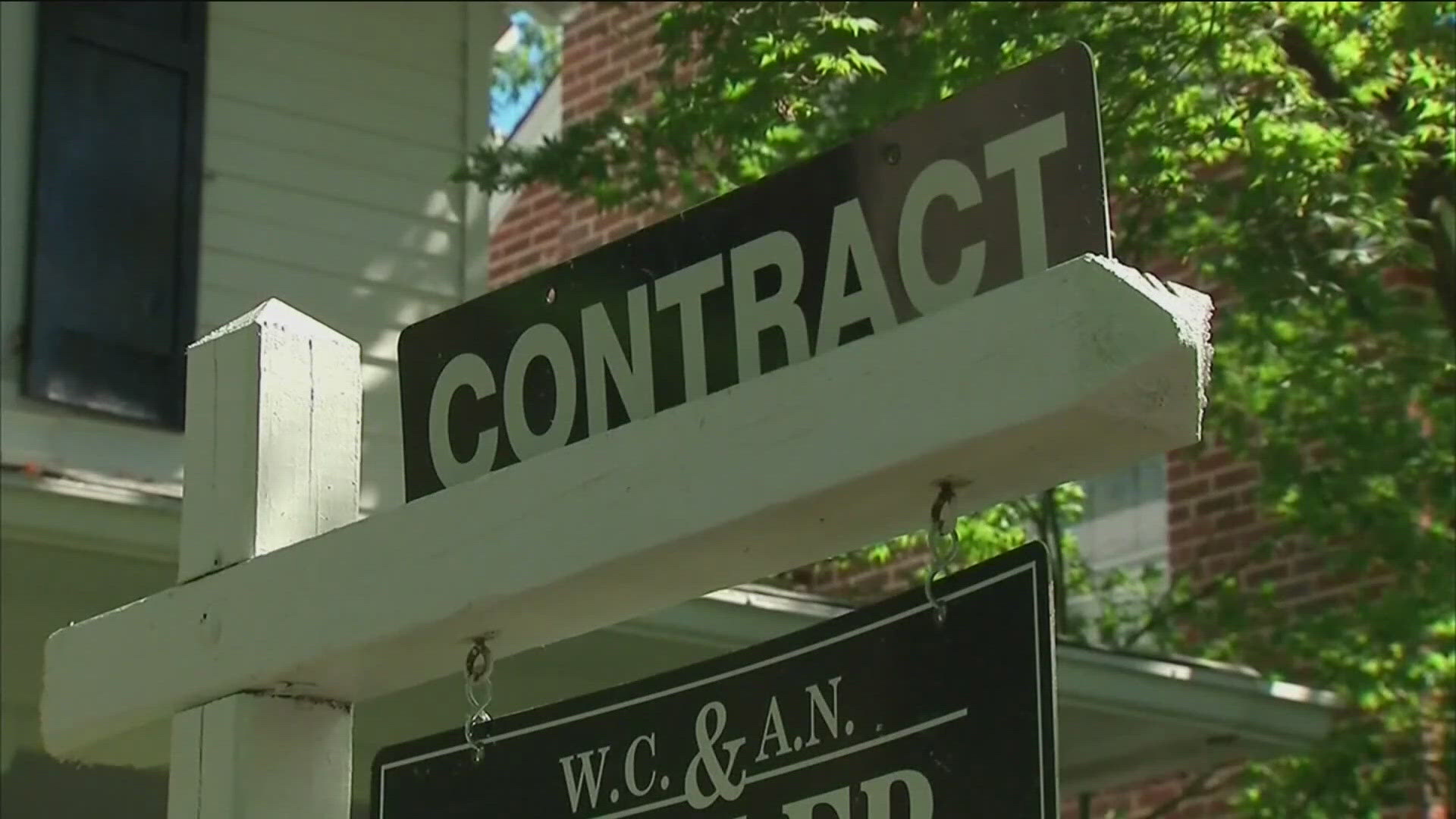BOISE, Idaho — The Ada County Board of Commissioners this week unanimously adopted changes to the county’s comprehensive plan that will now include fire impact fees for Eagle, Star, North Ada County and Kuna.
The Idaho Press reports that the commission on Wednesday adopted capital improvement plans for the four fire districts and OK’d an ordinance that will allow the county to collect impact fees on behalf of the fire districts. The districts will collect different levels of impact fees to help pay for their capital improvements.
Capital improvements include fire engines, buildings and long-lasting equipment, according to Jason Boal, Ada County’s community planning manager.
“We’ve experienced a huge amount of growth — an exponential amount of growth,” he said.
Impact fees are paid by developers to taxing districts to mitigate the costs brought on by new development. According to Idaho Code, those funds can be spent only on capital projects that are the result of the growth.
“Capital and system improvements are able to be funded by that new development, that’s the big takeaway,” Boal said.
Before the final vote, Commissioner Diana Lachiondo said the commission was trying to create a “more fiscally responsible planning process in this county.”
The Ada County Highway District, local cities and a number of other taxing districts collect impact fees to help mitigate the costs of growth in areas including parks, streets, police and fire.
The use of impact fees has been growing in the past couple of years all across the Treasure Valley. In May, Meridian City Council members approved changes to its impact fees structure with the goal of raising revenue. The city of Caldwell is looking to increase its impact fees after years of not evaluating its rates. Nampa dramatically increased its impact fees this year — in some cases, tripling fees.


Anne Wescott, the president of Galena Consulting who has been working with several local taxing districts on impact-fee updates, told the commission that, as growth kept bounding forward, fire departments would struggle to keep the same levels of service they had been providing to residents.
“If these homes are downgraded (in how fire-safe their insurance companies believe them to be) they’ll be paying $500 more per year, in comparison to paying an impact fee just one time,” Wescott said, referring to the increased cost of fire insurance.
Galena Consulting was tasked with studying the costs of growth and suggesting what level of impact fees would provide the fire districts with the necessary funds to pay for their capital improvements.
RELATED: Canyon County commissioners consider impact fees to pay for new jail, public safety improvements
“This is only paid by new development projects … is only for infrastructure … and is only for the proportionate share of impact,” Wescott told the commission.
The fire impact fee amount can be increased every five years, Wescott said, but with the speed of growth in the Treasure Valley, the fire districts could request increases more frequently if needed.
The introduction of the impact fees will release developers for planned communities like Avimor and Dry Creek Ranch from mitigation agreements to pay $500-per-home fees to the fire departments who respond to their areas, according to Eagle Fire Chief Rusty Coffelt.
“They will just pay impact fees,” Coffelt said.
The fire chiefs in Kuna, Star and Eagle all agreed that the impact fees would make a positive impact on their districts’ services.
“This will help with our out-of-pocket expenses,” Kuna Fire Chief Phil Roberts said.
Roberts noted that the fire engines used by Kuna’s department lasted about 14 years and cost $600,000 up-front, plus maintenance over the 15 years they were in service. Those costs add up, Roberts said, and as populations in the more outlying Treasure Valley cities expand, impact fees will help the fire departments pay for their expanded services.
Coffelt said Eagle is predicted to have a 62% growth in population over the next few decades.
“It’s a significant challenge to plan and budget for infrastructure and equipment to respond … while minimizing the impact to residents already here,” Coffelt said.
More from our partner Idaho Press: Groups call on Risch to investigate Trump administration's attempts to end immigration protections
Watch more 'Growing Idaho':
See them all in our YouTube playlist:



